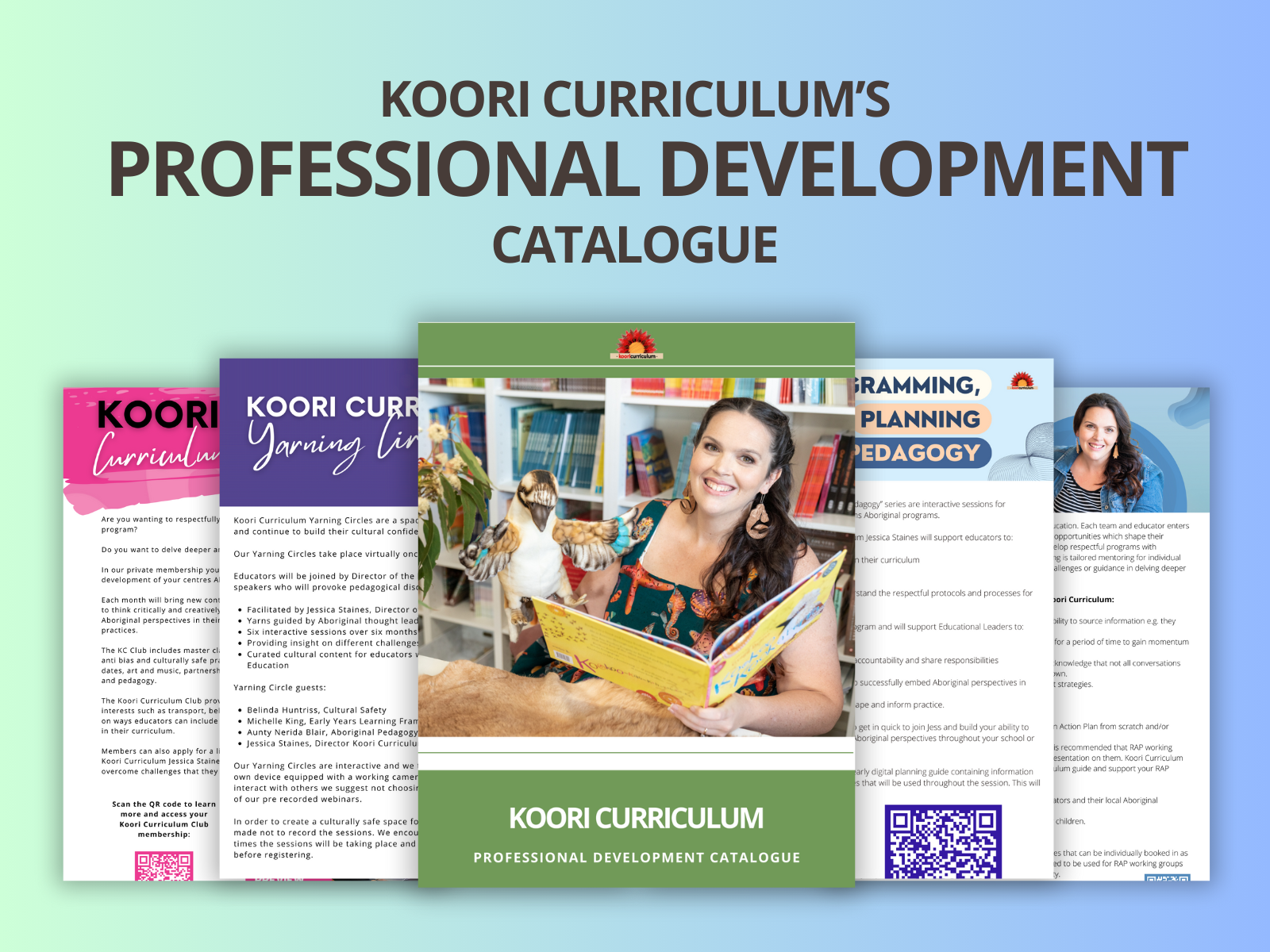
Galleries, Trees and Custodianship
We have had an incredible week hanging out in our beautiful home town, Sydney. This week has seen us connecting with our Redfern Educators Yarning Circle for the first time in 2019, visiting stunning galleries and meeting two inspiring services.
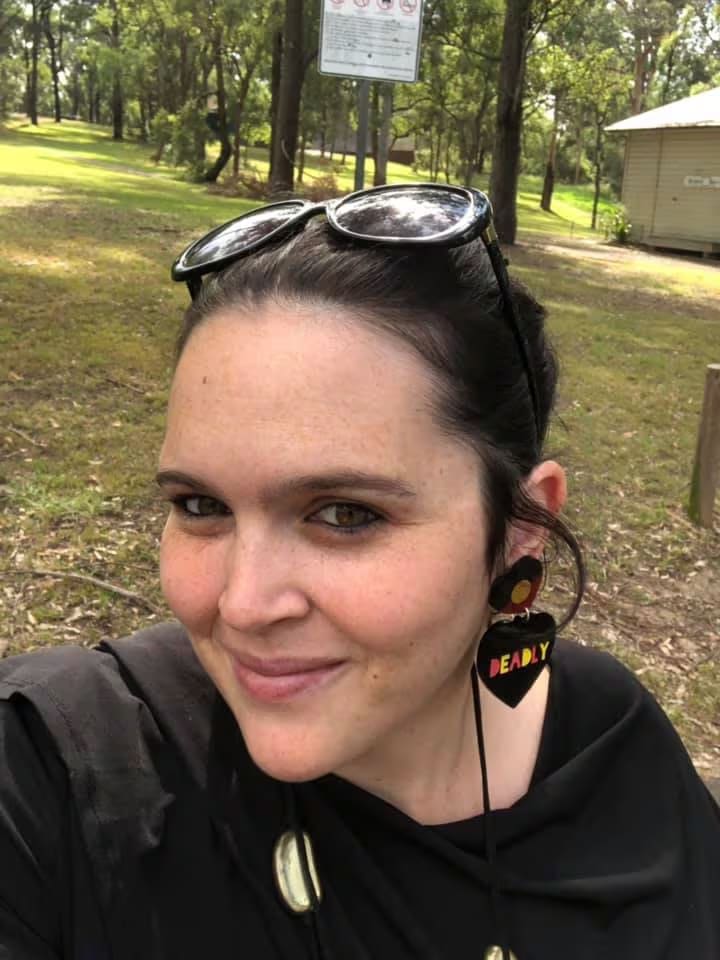
My week began on Darug Country visiting St Stephens Preschool in Normanhurst. This team has had a long history together and have always valued the importance of creating a welcoming space for all children and families.
Upon entering their space I immediately felt welcomed, every educator went out of their way to welcome and introduce themselves. Aboriginal culture and perspectives were eloquently spread and respectfully included throughout the environment. I immediately new I had arrived somewhere special.
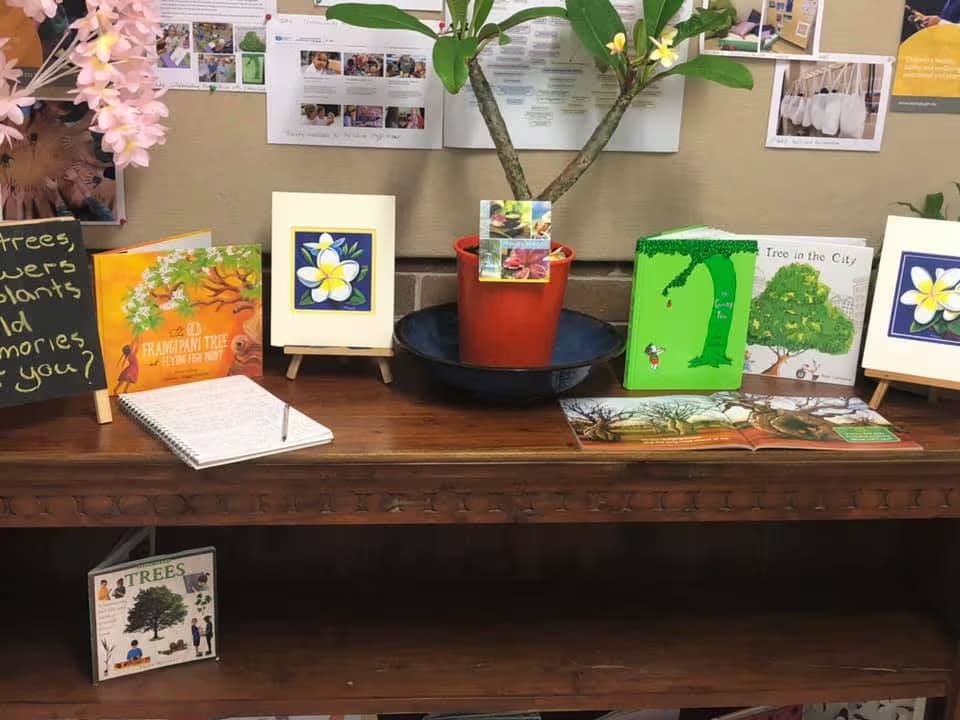
Collected and arranged together in the foyer were an assortment of some of my favourite children's books. Amongst the corpus were "The Giving Tree" by Shel Silverstein and "The Last Tree in the City" by Peter Carnavas, these two titles are resources that I use almost on a daily basis as an educator to explain to children what it means to be a custodian. It is important for early learning communities to appreciate that an acknowledgement of country is not just something that we give lip service to at he beginning of the day but it is a value, action and way of being.
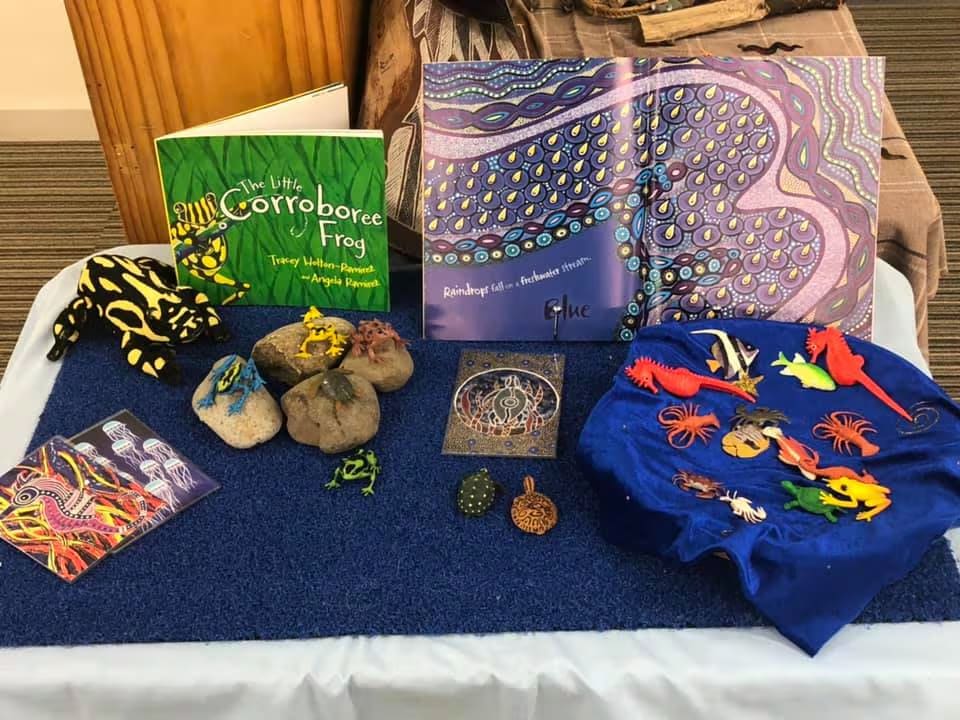
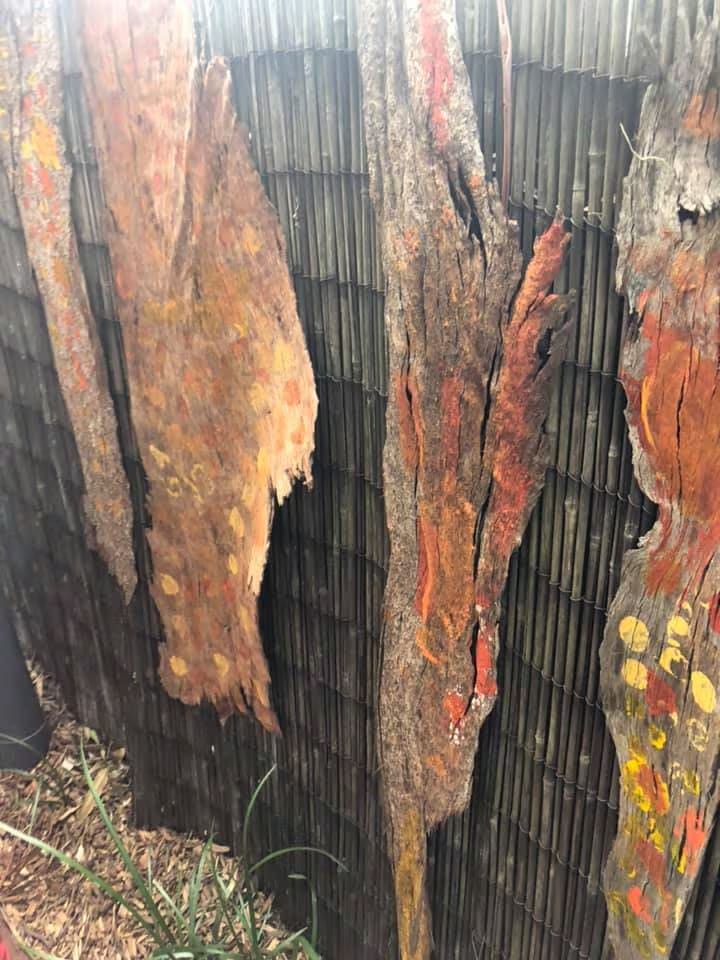
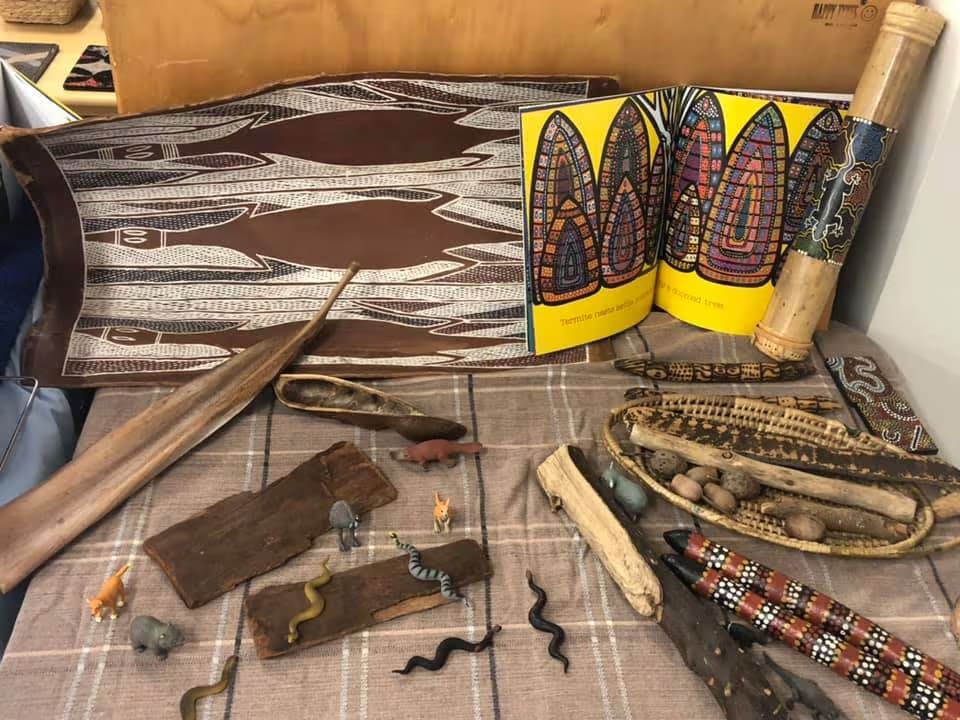
As I meandered through St Stephens Preschool at every turn I found hidden gems. I loved the way the educators used illustrations in children's literature as provocations in each learning centre. Pictured in the photographs above are books by the famous Aboriginal artist Bronwyn Bancroft and children's book "The Little Corroboree Frog" by Tracey and Angela Ramirez.
This service enacts one of our principles in their daily practice which is to embed Aboriginal perspectives in children's interests as opposed to teaching about Aboriginal people and culture as if they are a topic, theme or interest. At the present time the children at St Stephens had been engaged in two topics of enquiry, namely trees and frogs. The educators have been using these two interests as a vehicle for learning and respectfully including an Aboriginal perspective. We find that this approach is more meaningful for younger children as it is in context to what they are genuinely interested in instead of being tacked on and separate to the rest of the program.
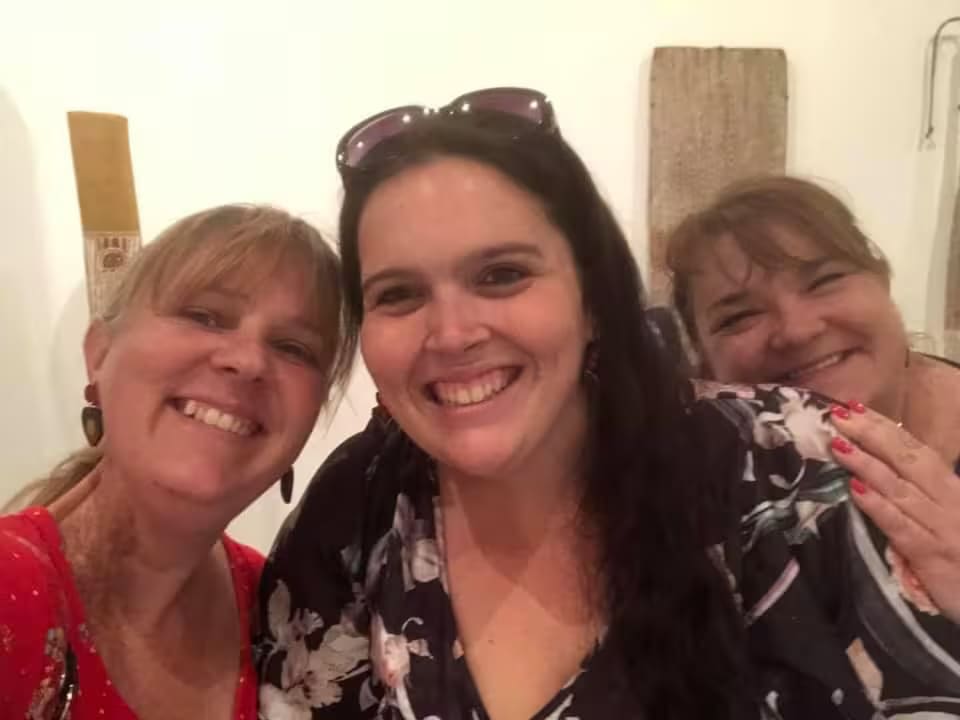
Next stop for us this week was a visit to the Gallery of NSW with the deadly educators who are part of the 2019 Redfern Koori Curriculum Educators Yarning Circle. We have been regular visitors to the Yiribana Gallery and love revisiting some of the permanent works and viewing the new additions.
As a group we yarned about visiting the gallery with children and the importance of doing this repeatedly. Each time I've visited the space I leave with deeper understandings and new learnings and this is the same for children. I personally have found that sometimes groups of children are just ecstatic to be on an excursion that in this heightened state they are unable to take in what they are seeing. Its only through frequent and repeat visits that the novelty will fade for younger learners and deeper learning can commence.
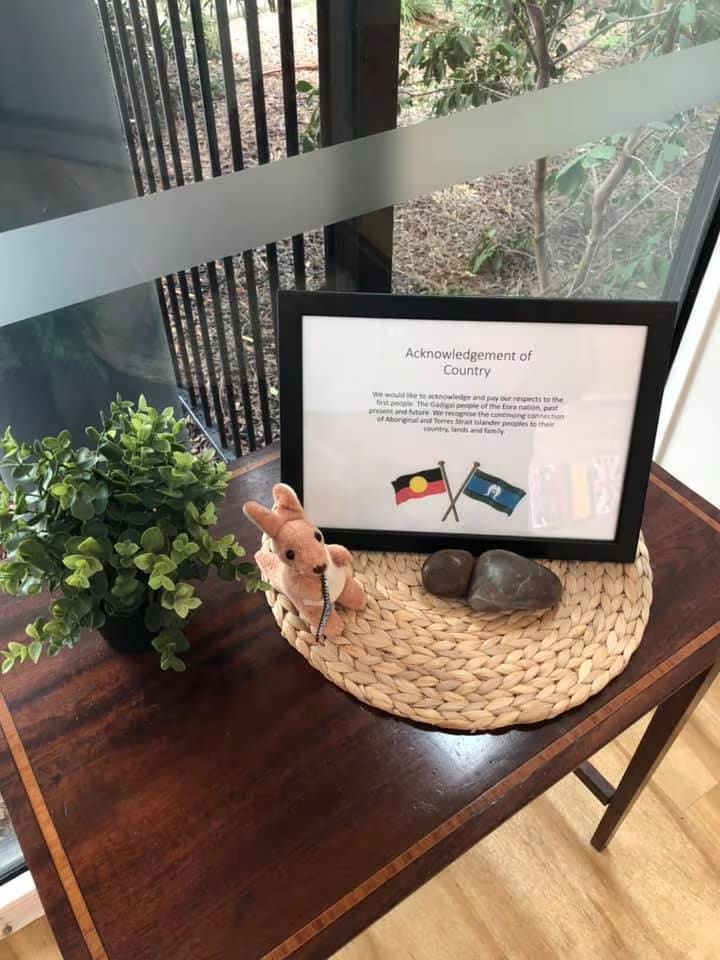
I finished my week with another amazing group of educators who are part of the early learning chain Learn and Laugh. Educators present represented services in Rosebery, Alexandria, Lewisham, Drummoyne, Hornsby and Wyoming. With such a vast spread of service it was great listening to their diverse practices and individual experiences of how and why they embed Aboriginal perspectives in their program.
Exploring the "Why" with your team is central and key. Why are we embedding an Aboriginal perspective in our program? Is it because the NQF tells us to or do we intrinsically value it? What is your why?


